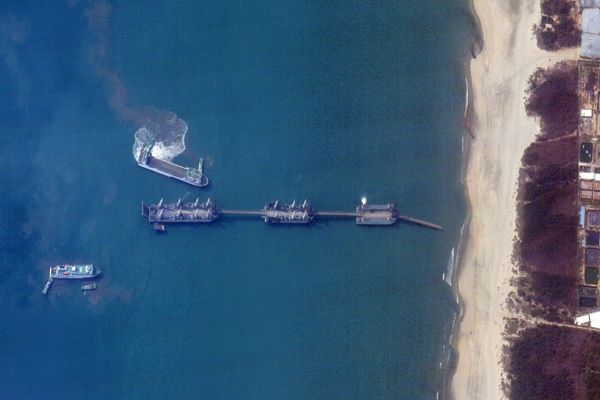On Monday night, the moon serves as a signpost for one of the ultimate naked-eye astronomy challenges. Uranus, the seventh planet of the solar system, hovers at the very limit of naked-eye visibility.
To stand any chance of seeing the planet, which orbits 19 times further from the sun than the Earth, you will need to be under the darkest sky you can possibly find. For most of us, a pair of binoculars will be needed.
The planet spends the entire year within the confines of Aries, the ram. It will become slightly brighter in early November this year, when it draws close to Earth, so consider this a practice run. The chart shows the view looking south-west from London at 18.00 GMT Monday evening.
The moon is a waxing crescent. With 42% of its visible surface illuminated, it is rapidly approaching its first quarter phase. The light from the moon will wipe out any chance of seeing Uranus with the naked eye on Monday night, but it does provide a signpost to be remembered for other nights. From the southern hemisphere, binoculars will definitely be needed because the planet is currently at a much lower altitude.







